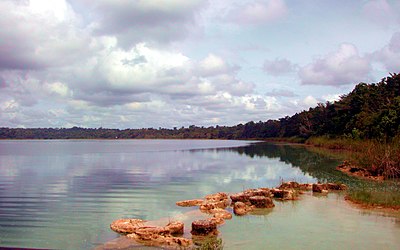
About Joya de Cerén
Historic, Archaeology, Interesting Places, Other Archaeological Sites
Joya de Cerén (Jewel of Cerén in the Spanish language) is an archaeological site in La Libertad Department, El Salvador, featuring a pre-Columbian Maya farming village. The ancient Maya site of Joya de Cerén is located in the Zapotitán Valley 36,000 meters northwest of San Salvador, El Salvador. It is often referred to as the "Pompeii of the Americas", in comparison to the famed Ancient Roman ruins. This site is known for the excellent preservation of a Classic period settlement that was rapidly buried by the ashfall of an eruption of the Loma Caldera around A.D. 600. The relative abundance of paleoethnobotanical remains recovered at Joya de Cerén in comparison to other ancient Maya archaeological sites make Joya de Cerén particularly significant in the study of everyday life of ancient Maya agricultural communities. Of importance was the discovery of a manioc field, the first instance of manioc cultivation identified at a New World archaeological site. The site was thought to have been settled between A.D. 200 and A.D. 600. Joya de Cerén was entered on the UNESCO World Heritage List in 1993 and is a major tourist attraction in El Salvador.






























